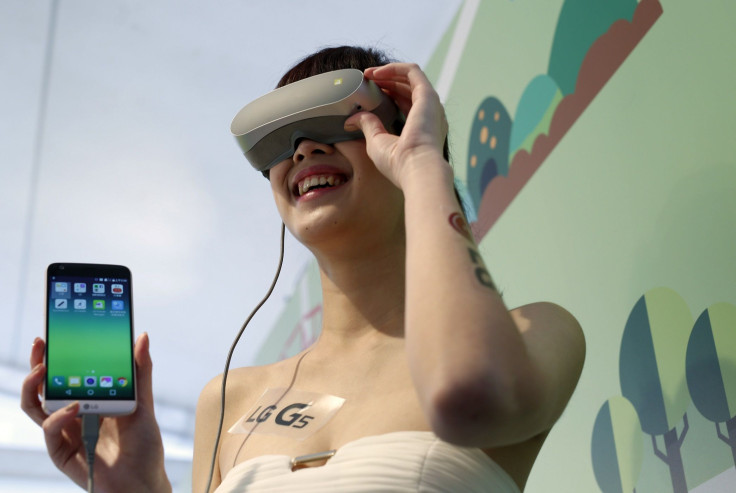LG to close the gap on its competitors with its two new smartphones

With Stylus 2, LG will be the first-ever smartphone manufacturer to come up with a unit that features DAB+ capabilities, the only technology used in digital radio broadcasting. The introduction of digital radio-capable smartphone is expected to give the South Korean conglomerate a boost in global market share dominated by Samsung and Apple.
Stylus 2 is predicted to become a hit in European countries where digital radio is immense. In a report released by the European Broadcasting Union (EBU), Denmark, Norway, Switzerland and the United Kingdom are the top four countries that have the biggest digital radio audience share in the world, while Germany, Malta and the Netherlands are slowly migrating to digital from analogue radio. The arrival of Stylus 2 in Australia, Germany, Belgium, Norway, Italy, the Netherlands and the United Kingdom could potentially expand these countries’ respective digital radio broadcast industries, as well as enhance LG’s consumer base.
“We are taking a proactive approach towards the fast-paced technological shift to digital broadcasting with DAB+ to deliver a new paradigm of experiences through the smartphone,” said Juno Cho, president and CEO of LG Electronics Mobile Communications Company, on its website. “With its large 5.7-inch screen, 1 watt speaker and 3,000mAh removable battery, the LG Stylus 2 is the perfect device to enjoy rich, multimedia content.”
Its potential success could be reminiscent of 5BARz International’s (OTCQB: BARZ) Indian campaign in 2015. The San Diego-based firm’s radio frequency-based network extender device, the first on the network repeater market, encouraged top telecom firms in India that it could help improve its consumers’ signal while they enhance their respective network facilities. The device works through a unique radio frequency technology that earned critical acclaim among radio engineers in the United States. The company is now meeting with network carriers in Southeast Asia as part of its global expansion.
Another unit that could catapult LG back to the Big Smartphone niche is its G5 smartphone. The device boasts of an innovative modular design that allows users to use it, with the aid of various companion devices, as a virtual reality headset, a 360 degree camera, a home security tool, as well as an entertainment-focused gadget. Such features, according to the company, make it highly different from other smartphones on the market.
Fierce Wireless reported that G5 has received positive reviews from critics. LG has apparently finally realised that it needs to up its game to cope with the expanding market and become part of the Big Three anew.
LG remains in the shadow of runner-up players Huawei, Lenovo, and Xiaomi. According to market intelligence provider International Data Corporation (IDC), LG is the sixth biggest smartphone manufacturer in the world as it accounted only for less than 4 percent of the entire global market share in the last quarter of 2015.
Samsung is still the ringleader of the smartphone race at 24 percent global market share, while Apple, Huawei, and Lenovo finishing at 18.7 percent, 8.1 percent and 5.1 percent respectively. LG’s closest competitor remains Xiaomi, the global market share of which stood at 4.6 percent in the same year. According to comScore ’s last tally, however, the company is currently the third biggest smartphone brand in the US.
No one knows if LG can certainly regain at least the top three spot from Huawei in the years to come. Nevertheless, the most important thing is that it continues to innovate and offer better options to consumers looking outside the services of Apple and Samsung. In this respect, just by looking at its recent product releases, LG undoubtedly thrives.





















